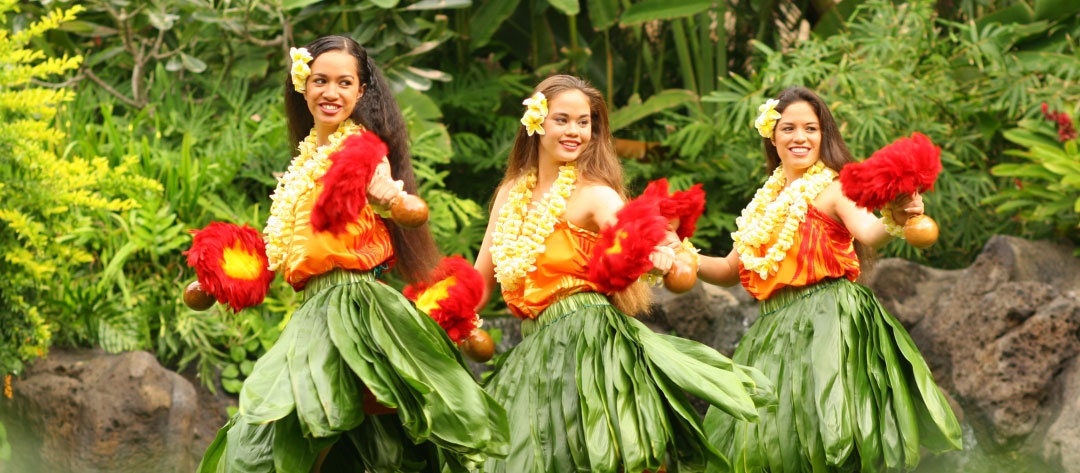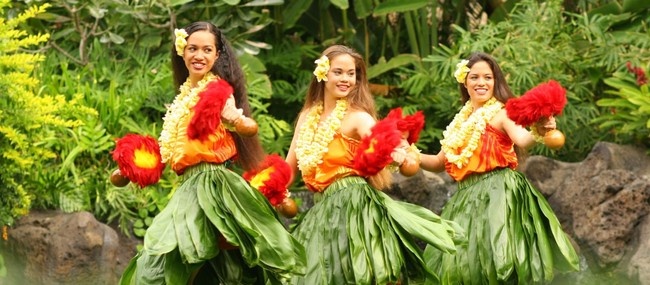
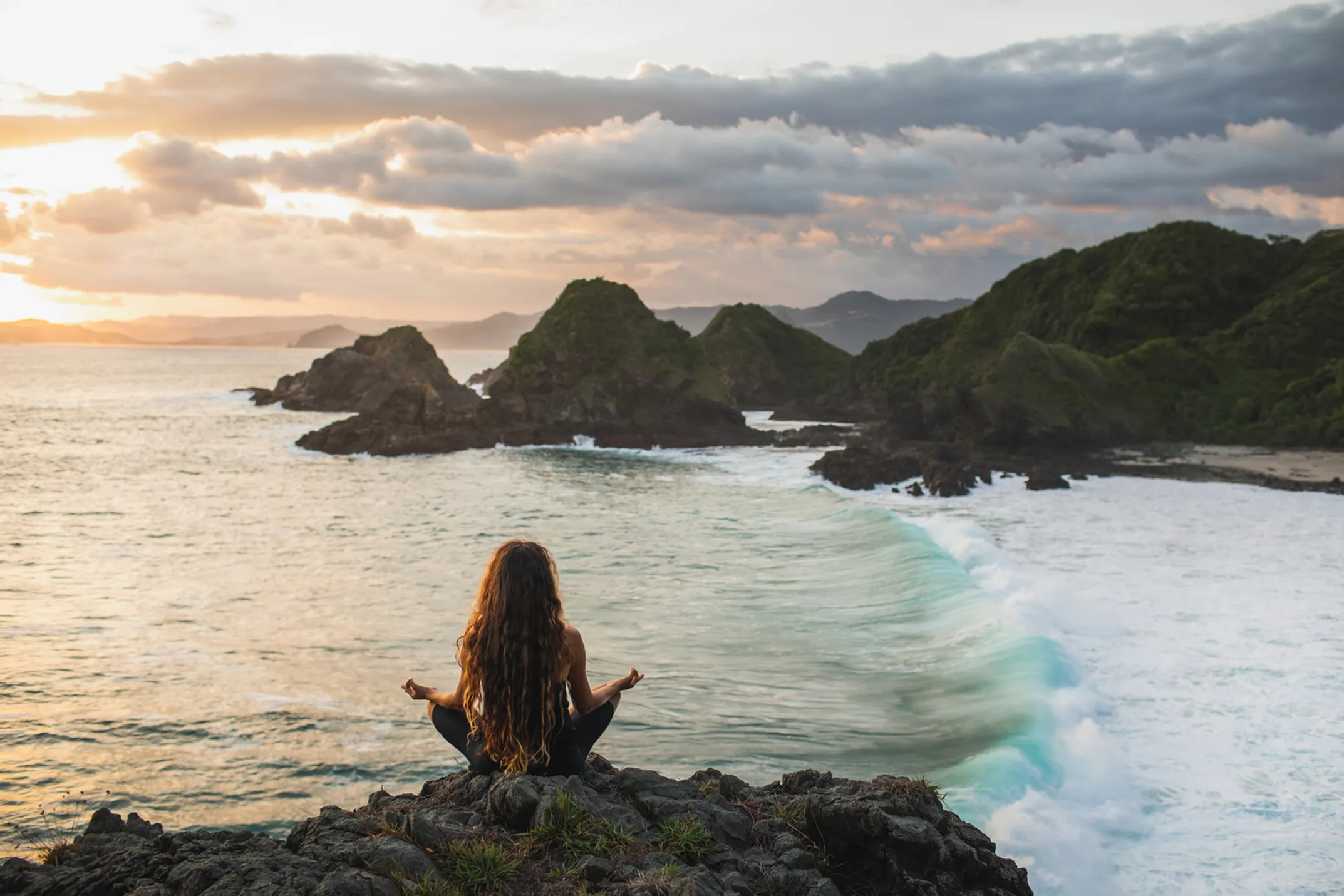
The Adventurer's Guide to the Big Island
Exploring Hawaii's Island of Wonder - From Active Volcanoes to World-Class Adventures
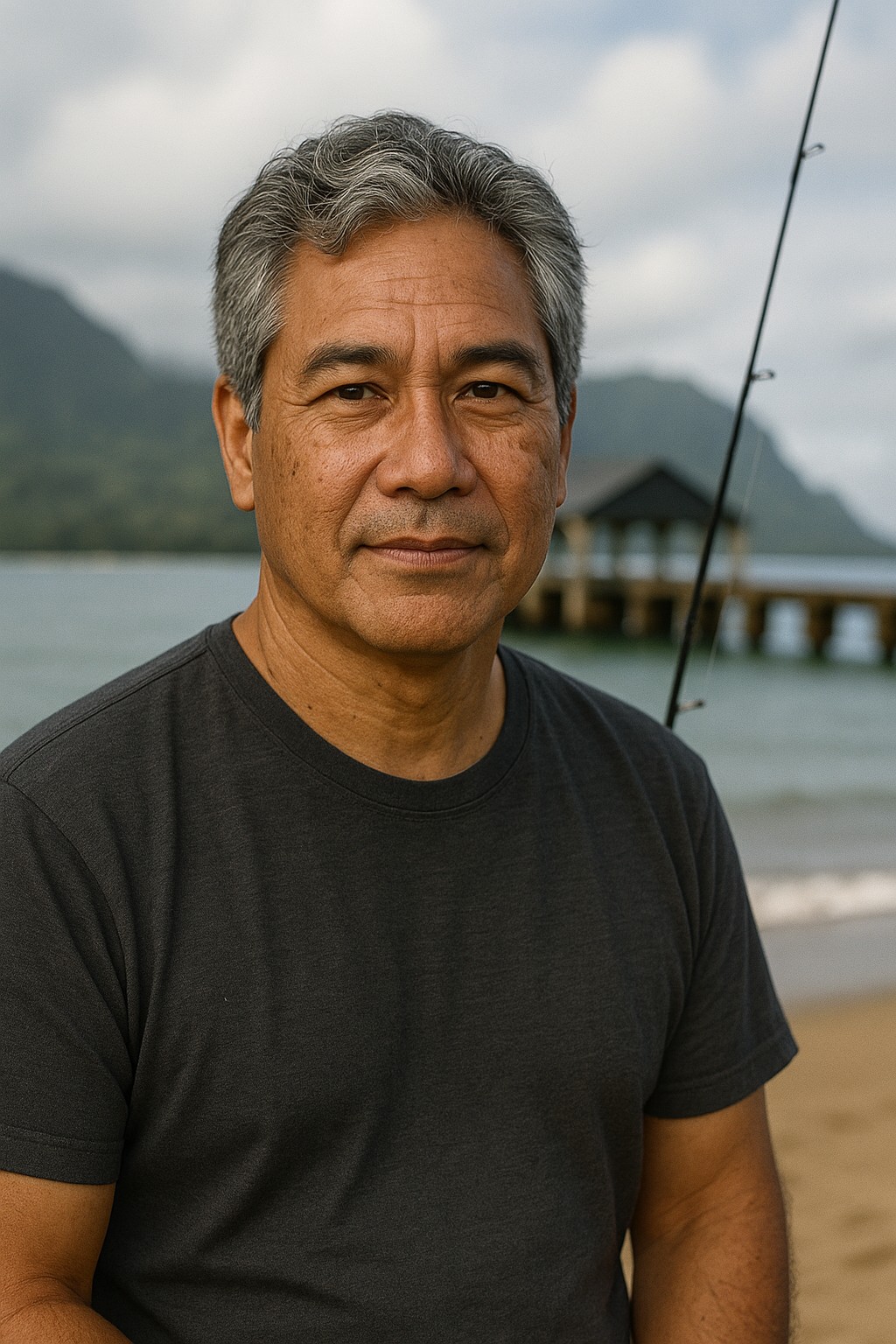
Written by a Local Expert
Kalani MillerWelcome to the Big Island: Where Adventure Knows No Bounds
The Big Island of Hawaiʻi is not just a destination; it's a living, breathing testament to the raw power and beauty of our planet. Here, you can witness the Earth creating itself in real-time, with molten lava flowing from Kīlauea, one of the world's most active volcanoes. This is the youngest and largest island in the Hawaiian chain, where snow-capped peaks rise over 13,000 feet above sea level while black sand beaches stretch along dramatic coastlines.
From the moment you arrive, the Big Island challenges every preconception you might have about Hawaiʻi. This isn't just about pristine beaches and swaying palm trees (though it has those too). This is where you can ski on Mauna Kea in the morning, explore steaming volcanic craters in the afternoon, and snorkel with manta rays under the stars at night. It's where ancient Hawaiian traditions blend seamlessly with modern adventures, and where every turn reveals a new microclimate, a new landscape, a new story.
The Big Island is nearly twice the size of all other Hawaiian islands combined, offering an unprecedented diversity of experiences. You'll find 8 of the world's 13 climate zones here, from tropical rainforests to arctic tundra conditions at the summit of Mauna Kea.
A Land of Contrasts and Endless Discovery
The Big Island's geography is nothing short of extraordinary. On the dry, sunny Kona side, you'll find world-renowned coffee farms, pristine beaches, and some of the clearest waters in the Pacific. Drive just two hours east to Hilo, and you'll enter a lush rainforest paradise where waterfalls cascade down verdant valleys and tropical gardens flourish in the frequent rain.
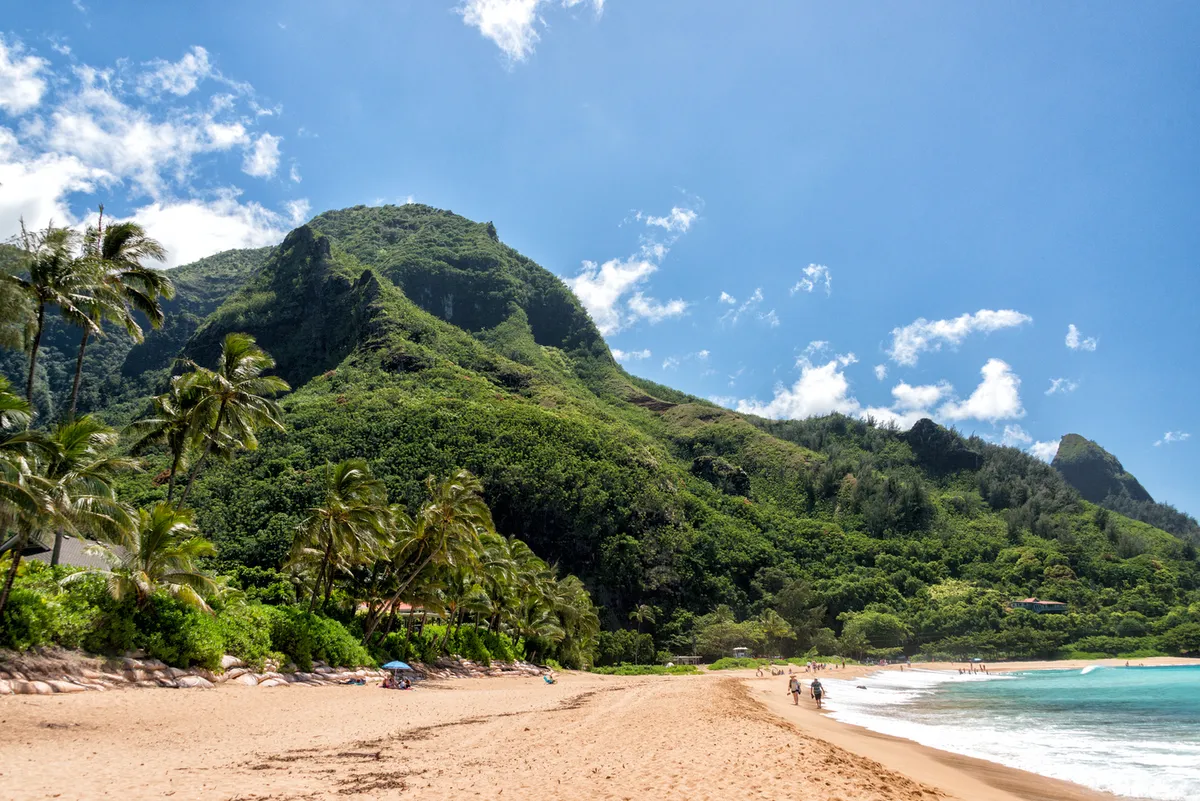
The island's volcanic activity has created landscapes that seem almost otherworldly. In Hawaiʻi Volcanoes National Park, you can walk across still-steaming lava fields, explore ancient lava tubes, and witness the ongoing creation of new land. The park encompasses over 333,000 acres of diverse ecosystems, from desert-like conditions near the summit of Kīlauea to lush rainforests in the coastal areas.
🌋 Kona Coast
Sunny, dry climate with world-class coffee farms, pristine beaches, and incredible snorkeling. Home to the famous Kona coffee and manta ray night dives.
🌿 Hilo & East Side
Lush rainforests, spectacular waterfalls, and the gateway to Hawaiʻi Volcanoes National Park. Experience the island's tropical paradise side.
🏔️ Mauna Kea & Saddle Road
World-renowned astronomy center and snow-capped peaks. Experience arctic conditions and stargazing opportunities unmatched anywhere else.
🤠 Waimea & Kohala
Paniolo (Hawaiian cowboy) country with rolling green hills, historic ranches, and dramatic coastal valleys like Waipiʻo and Pololū.
Ready to Explore the Big Island?
From volcanic adventures to cultural experiences, discover everything this incredible island has to offer.
ℹ️ Quick Info
- Size: 4,028 sq miles
- Population: ~200,000
- Climate Zones: 8 of world's 13
- Airport: KOA (Kona)
- Best Time: Year-round
🎯 Must-Do Activities
- Hawaii Volcanoes National Park
- Manta Ray Night Snorkel
- Kona Coffee Farm Tours
- Mauna Kea Stargazing
- Helicopter Tours
- Waipiʻo Valley Lookout
🌤️ Regional Weather
Sunny & dry, 70-85°F
Rainy & lush, 65-80°F
Cold & dry, 30-60°F
Cool & breezy, 60-75°F
🗺️ Explore Big Island
ATVs, ziplines, helicopters & more
Cultural ExperiencesLuaus, coffee tours, sacred sites
Hidden GemsLocal secrets & off-the-beaten-path
Sample Itineraries3, 5, and 7-day adventures
Complete Travel GuidePractical tips & planning
Inter-Island AdventuresOahu day trips & experiences
Getting Around the Big Island: Essential Transportation Tips
The Big Island's sheer size—nearly twice as large as all other Hawaiian islands combined—makes transportation planning crucial to your adventure. Unlike smaller islands where you might walk or bike to many attractions, the Big Island requires a rental car for most visitors to truly experience its diverse regions and hidden gems.
🚗 Rental Cars
Essential for exploring the island. Book well in advance, especially during peak seasons. Choose a vehicle suitable for your planned activities.
- • 4WD recommended for Mauna Kea summit
- • Most companies now allow Saddle Road travel
- • Check insurance for unpaved roads
⏰ Driving Times
Be realistic about driving times. The island is larger than you might expect, and mountain roads can be winding.
- • Kona to Hilo: 1.5-2 hours via Saddle Road
- • Kona to Volcano: 2-2.5 hours via southern route
- • Hilo to Volcano: 45 minutes - 1 hour
🛣️ Key Driving Routes
Saddle Road (Highway 200): The fastest route between Kona and Hilo, crossing between Mauna Kea and Mauna Loa. Most rental companies now permit this route.
Hawaii Belt Road (Highway 11): The scenic southern route connecting Kona to Hilo via Hawaiʻi Volcanoes National Park. Essential for accessing the volcano and Kaʻū district.
Hamakua Heritage Corridor (Highway 19): The northern coastal route from Hilo to Waimea, featuring spectacular waterfalls and the Waipiʻo Valley overlook.
Embracing "Travel Pono" - Responsible Tourism
Traveling "Pono" means to travel with righteousness, care, and respect for Hawaiʻi's unique natural environment, host culture, and local communities. This philosophy is integral to a fulfilling and sustainable visit to the Big Island.
🏝️ Respect the ʻĀina
Leave no trace, use reef-safe sunscreen, and never remove lava rocks or sand from volcanic sites. The land is sacred.
🌺 Honor Culture
Approach sacred sites with reverence, learn basic Hawaiian phrases, and respect local customs and traditions.
🏪 Support Local
Shop at farmers markets, eat at local restaurants, and choose locally-owned businesses to support the community.
The Pono Pledge: Consider taking the Island of Hawaiʻi Pono Pledge as a commitment to responsible travel. By actively choosing to protect natural resources, honor cultural practices, and support local businesses, your visit contributes positively to the sustainability of this cherished destination.
